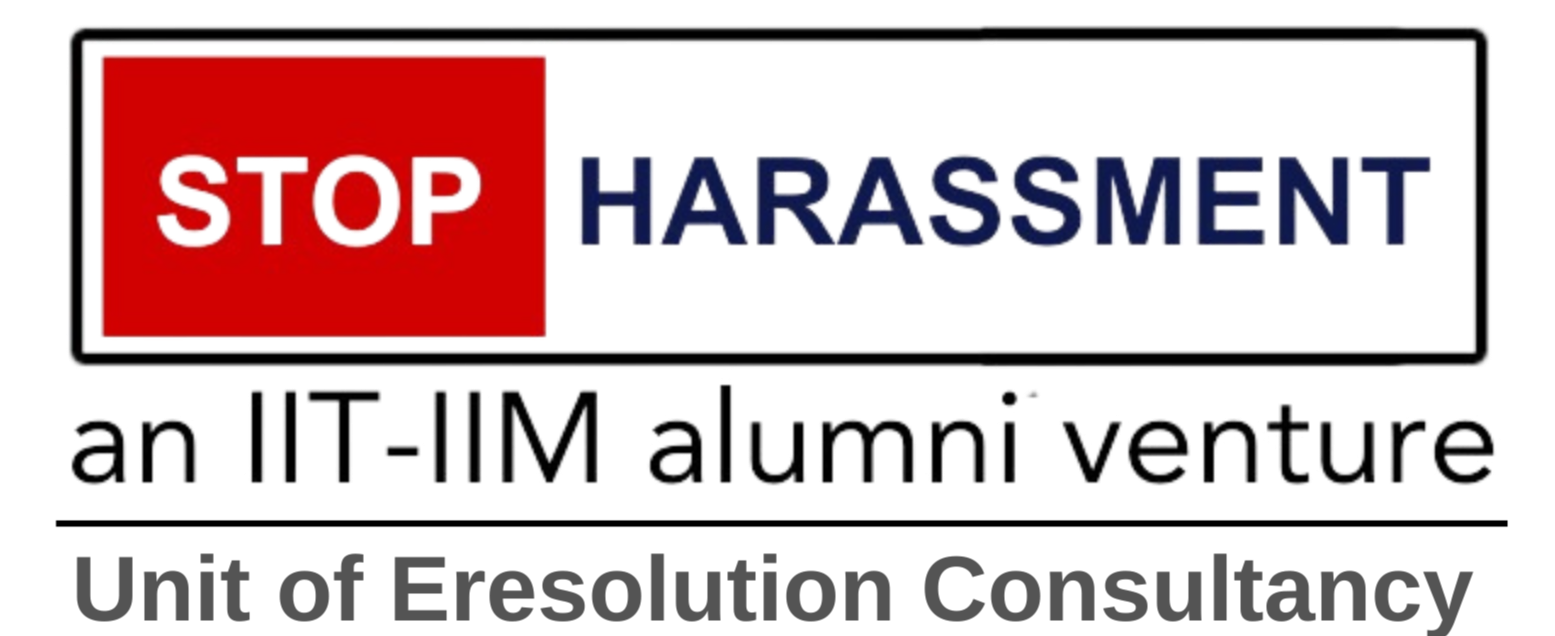· Loan Resolution · 3 min read
Trapped in a Costly Loan? Here's a Realistic Way Out
High-interest loans can feel like a never-ending trap, especially when hidden charges and rising EMIs take control of your finances. This blog offers a clear, practical roadmap to resolve costly debts through negotiation, expert help, and responsible credit rebuilding—empowering you to regain control of your financial future in India.
(Stopharassment) Trapped in a Costly Loan_ Here's a Realistic Way Out.D8AJttjX.jpg)
In India, the dream of financial independence often comes with the burden of high-interest debts. Whether it’s a personal loan, credit card dues, or payday loans, many borrowers find themselves paying more in interest than the actual borrowed amount. When monthly EMIs begin to feel like a trap, loan resolution becomes not just an option, but a necessity.
Let’s decode what smart loan resolution means, especially when you're dealing with high-interest debts.
Why High-Interest Debts Spiral Out of Control
High-interest loans are usually unsecured and easy to obtain — credit cards, payday loans, or short-term personal loans. But what starts as convenience quickly becomes a long-term burden:
● Interest Rates Above 30%: Especially in credit cards and private lending apps.
● Minimum Payment Illusion: Paying only the minimum due keeps you in a loop.
● Hidden Charges: Late fees, annual charges, or over-limit penalties add to the load.
When borrowers juggle multiple such debts, the mental and financial pressure can be overwhelming. That’s where structured resolution helps.
What is Loan Resolution, Really?
Loan resolution is the process of negotiating with lenders to either reduce the total payable amount, restructure the repayment terms, or settle the loan altogether. It’s not the same as defaulting. It’s a legal and negotiated pathway to become debt-free while minimizing damage to your credit score.
Practical Steps for Loan Resolution in India
Here’s how you can take control:
1. Evaluate Your Debt-to-Income Ratio
Know how much of your income is going toward EMIs. If it’s over 40-50%, it's time to act.
2. Speak to the Lender Before You Miss EMIs
Banks and NBFCs in India often offer restructuring if you approach them before defaulting. This could mean reduced EMIs or extended tenure.
3. Explore Settlement Options
For loans that have gone into default, you can negotiate a one-time settlement. This means the lender may accept a lump sum lower than your total dues to close the account.
4. Work with a Loan Resolution Expert
Professionals can negotiate better terms, protect your rights, and even shield you from aggressive recovery agents. Many agencies today work on behalf of borrowers to find a fair middle ground.
5. Rebuild Your Credit Responsibly
After resolution, work to improve your credit score — use a secured credit card, pay on time, and monitor your CIBIL report regularly.
A Word of Caution
Don’t fall for apps or agents promising “guaranteed waivers” or “instant clearance.” Loan resolution is a process, not a magic fix. Choose experienced legal or financial advisors who understand the Indian system and can support you ethically.
Final Thoughts
High-interest loans don’t have to define your future. With a practical approach, timely decisions, and trusted guidance, you can resolve your loans, reduce your burden, and take charge of your financial story again. Debt is temporary. Financial freedom is worth fighting for.


 (Stopharassment) Chasing Dues the Right Way Understanding Legal Debt Recovery.CEsdngE0.jpg)
.CQX6XYsF.jpg)